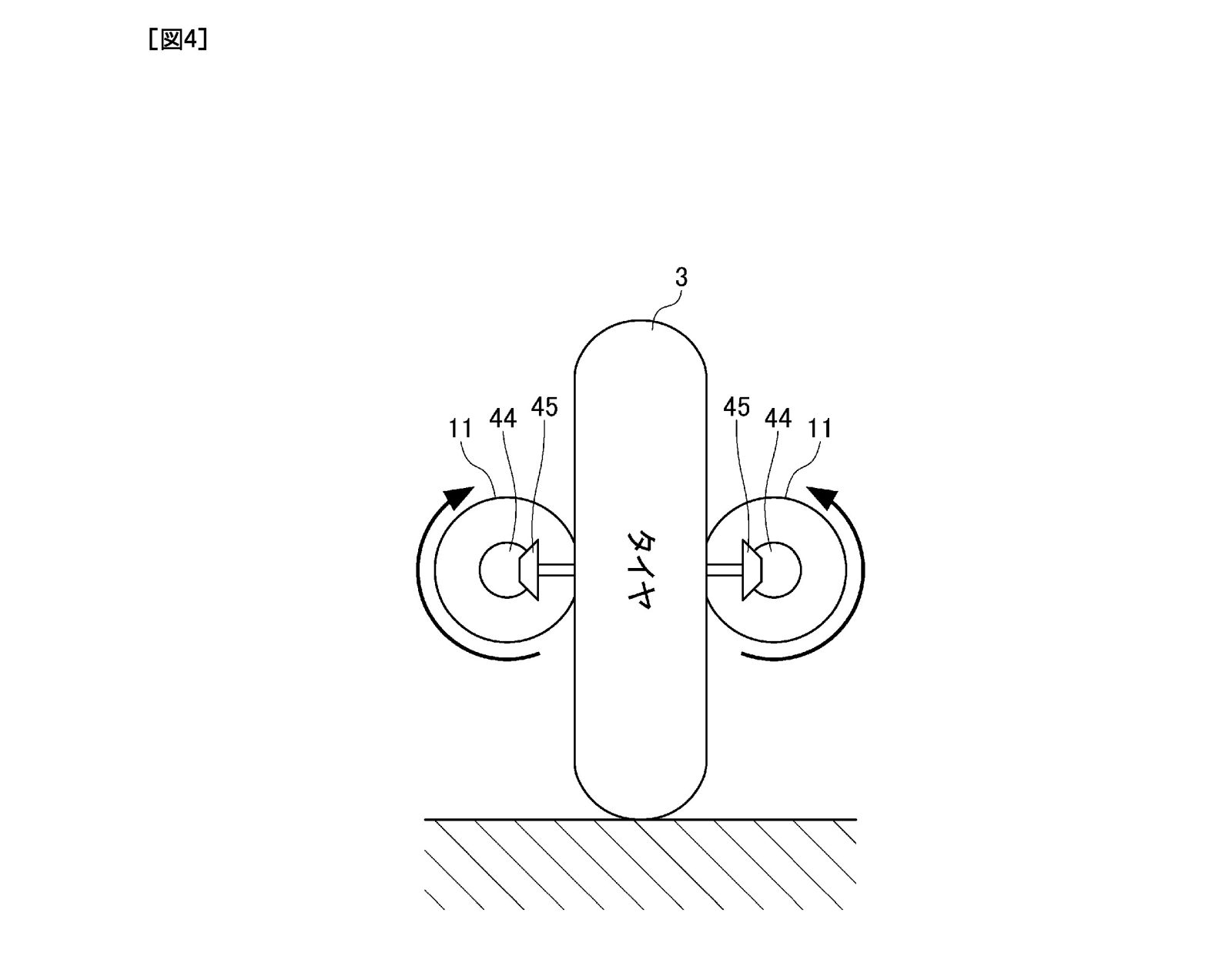Remember Honda’s Riding Assist-e concept from 2017? It was an electric bike with a variable wheelbase and steering head angle as well as automatic steering – allowing it to balance itself even when stationary by turning the bars left and right to counter tipping forces. This patent shows a machine that looks nearly identical to that concept but contains even more radical ideas when it comes to using electric power to assist the rider.
The outline might be the same as the Riding Assist-e but the technology is very different. Most importantly, it has not one, not two, but three electric motors. Two driving the rear wheel and one powering the front, making it two-wheel-drive.
We’ll start at the back, though. Why have two motors driving just one wheel? The answer lies in the torque of those motors and the reaction to that torque on the attitude of the bike.

The two rear motors are mounted longitudinally, just ahead of the rear wheel, and each powers its own shaft drive, spinning the wheel via bevel gears on each side. To do this, the motors need to rotate in opposite directions, and that’s where the rider-assist technology comes into play.
The left-hand motor, rotating clockwise when seen from the rear of the bike, creates a torque reaction that will try to make the bike lean to the left. The right-hand motor, turning counter-clockwise, creates a reaction that tries to tilt the bike to the right. By juggling the way power is distributed to the two motors, Honda can use those torque reactions to help cornering.
On the way into a left-hand corner, for instance, the left motor can do most of the work, creating a reaction that makes the bike want to lean into the corner. Hit the throttle on the way out of the corner, and the computers can push the power towards the right-hand motor, encouraging the bike to sit back up again.
With Honda already looking at auto-steering systems as part of future rider-assist technology packages, the ability to influence a bike’s lean angle could become increasingly useful.

The bike’s third electric motor, inside the front hub and driving the that wheel, adds the ability to control the bike’s pitch via torque reaction, essentially becoming a wheelie-control system that can improve outright acceleration.
A normal wheelie control simply reduces power to the back wheel when the front starts to rise too high or too fast, bringing it back down again but limiting acceleration in the process. The new idea that once the front wheel is in the air, the front motor can be used to create a torque reaction that stops the front end from going too high. Using torque against the rotation of the front wheel, even to the extent of spinning the wheel backwards, creates a reaction that tries to push the front of the bike down without having to add more weight to the front or having to reduce the power going to the ground through the rear wheel. The result? Better acceleration.
Of course you don’t want the front wheel returning to earth while it’s spinning backwards, so the system is designed to disengage the reverse torque when the front starts to come back down, applying a forward spin instead so the wheel is turning the right way when it hits the asphalt.
The ideas are clearly still a long way from production but illustrate some of the untapped potential of electric power – the ability to juggle torque in ways that combustion engines simply can’t – and how a future generation of e-bikes could turn out to be faster and better-handling than the petrol-powered machines we’ve grown up with.
Now if they can just sort out the pesky energy-density problem of batteries…

Ben Purvis











